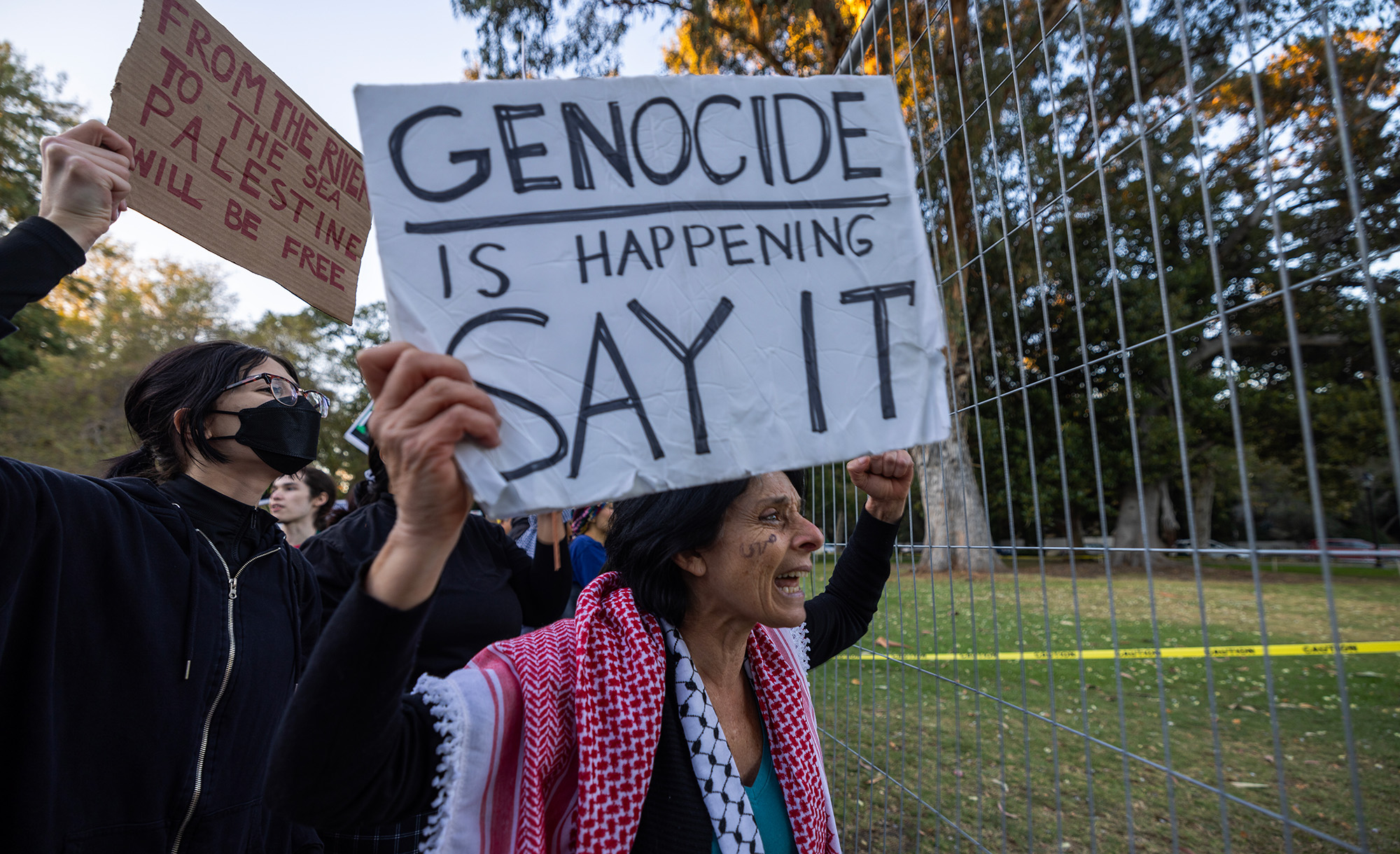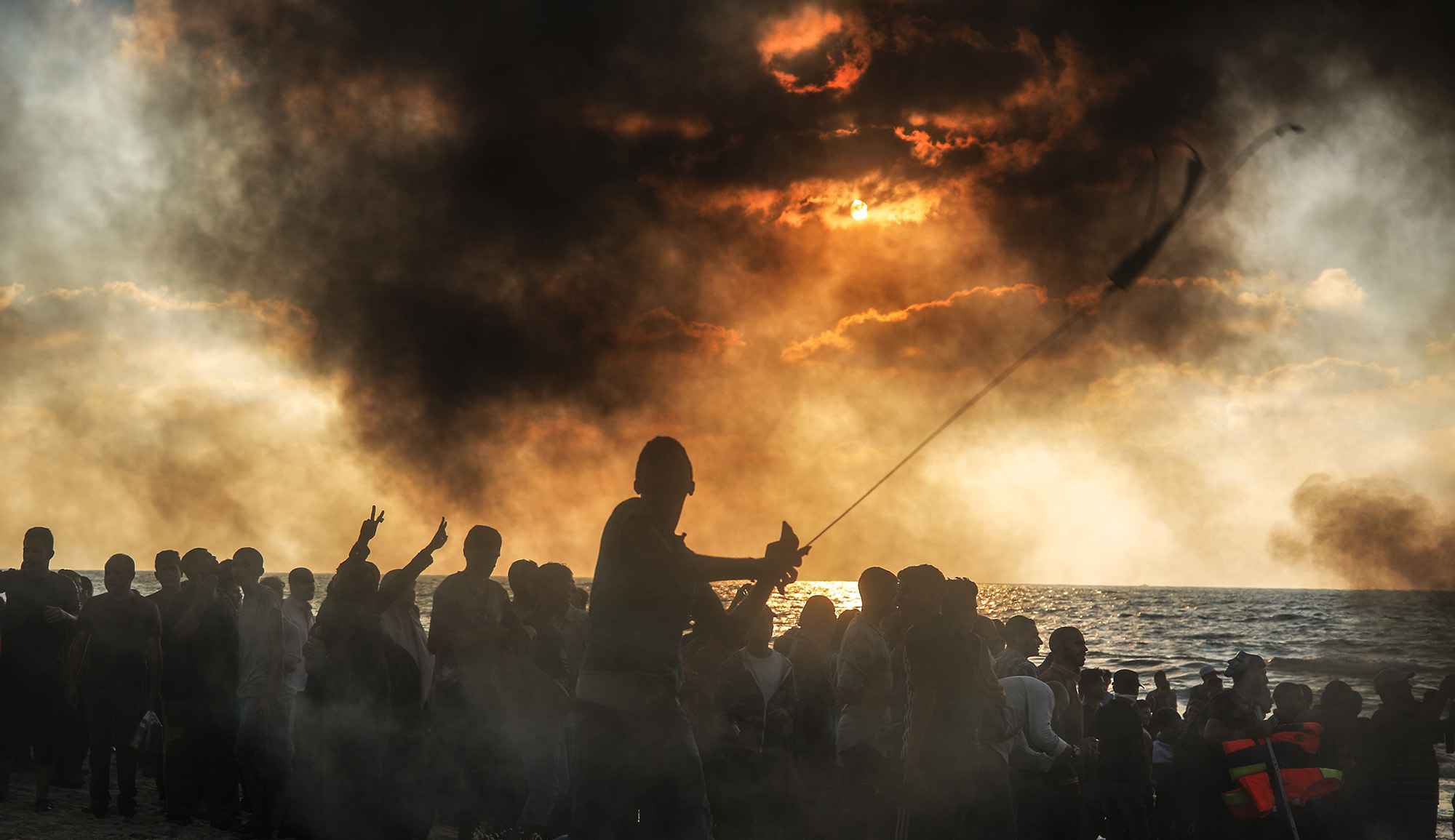In reporting on the Israel-Palestinian conflict, the news media rely heavily on journalists and stringers based in the Gaza Strip, who must tell the story Hamas wants them to tell or risk imprisonment, death, or even the deaths of their family members. For this reason, for instance, one almost never sees pictures of rocket launchers in Gaza. A recent investigation by the watchdog group Honest Reporting has revealed an entirely different level of journalistic cooperation with terrorism:
On October 7, Hamas terrorists were not the only ones who documented the war crimes they had committed during their deadly rampage across southern Israel. Some of their atrocities were captured by Gaza-based photojournalists working for the Associated Press and Reuters news agencies whose early morning presence at the breached border area raises serious ethical questions.
What were they doing there so early on what would ordinarily have been a quiet Saturday morning? Was it coordinated with Hamas? Did the respectable wire services, which published their photos, approve of their presence inside enemy territory, together with the terrorist infiltrators? Did the photojournalists who freelance for other media, like CNN and the New York Times, notify these outlets?
Even if [the journalists] didn’t know the exact details of what was going to happen, once it unfolded did they not realize they were breaching a border? And if so, did they notify the news agencies? Some sort of communication was undoubtedly necessary—before, after or during the attack— in order to get the photos published.
More about: Gaza War 2023, Hamas, Journalism


